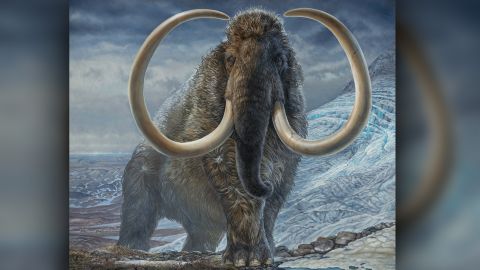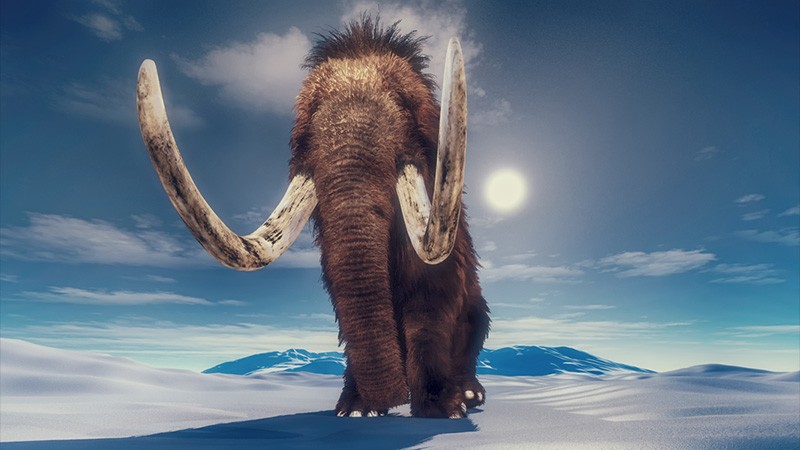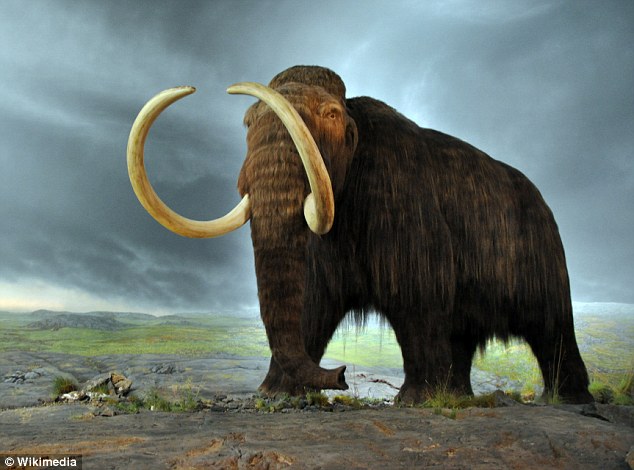Chemical analysis of an ice age woolly mammoth’s tusk reveals the huge distances it travelled during its lifetime more than 17,000 years ago.
The following written content by Ariana Remmel

Researchers have reconstructed the geographical movements of a single woolly mammoth (Mammuthus primigenius) using chemical ‘GPS tags’ preserved in one of its tusks. The findings show that the animal travelled so widely across what is now Alaska that it could have circled Earth almost twice — a discovery that offers tantalizing clues about why the species went extinct.
Although researchers know a fair amount about the diet, genetics and ecology of woolly mammoths, insights into the life histories of individual animals are scarce.
“We can’t go back and watch these things like a modern ecologist might, but we can use chemistry to come up with good proxies,” says Chris Widga, a palaeontologist at East Tennessee State University in Johnson City. Every place on Earth has a distinct chemical signature based on differences in its geology. The ratios of various isotopes of elements such as strontium and oxygen in the bedrock and water create a unique profile specific to that location that remains consistent over millennia, and is incorporated into soil and plants. As mammoths grazed on the Arctic plains, these isotopic signatures were integrated into their ever-growing tusks, creating a permanent record of the animals’ whereabouts with almost daily resolution.
Until now, no one had analysed these chemical GPS tags across the full length of a tusk, which reflects the mammoth’s entire life. “This is by far the largest and most comprehensive study of its kind,” says Matthew Wooller, a palaeoecologist at the University of Alaska Fairbanks, who co-led the study with geoscientist Clement Bataille at the University of Ottawa in Canada and colleagues. Read more from Nature.






